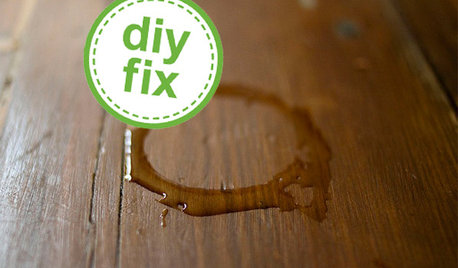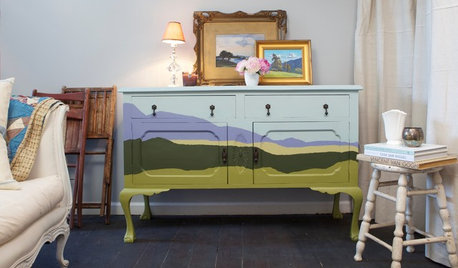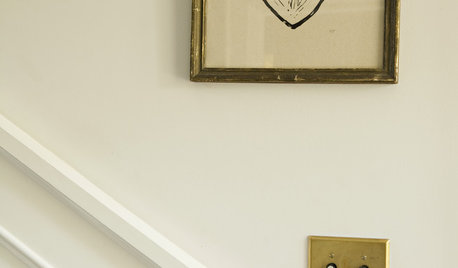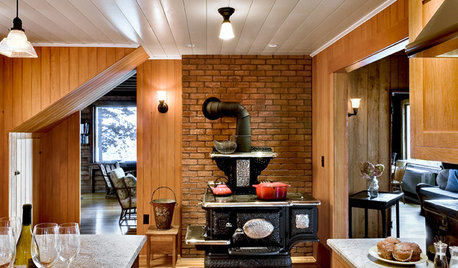Rejuvenating an antique
Colleen1951
10 years ago
Related Stories

FEEL-GOOD HOMERejuvenate Your Home With Deep-Rooted Traditions
Give the subtle energies and spiritual side of your home some attention, and watch newfound calm and beauty blossom
Full Story
BOLD COLORRejuvenate With Vibrant Color in the Bedroom
Love Strong Colors? Don't Hesitate to Use Them in Your Personal Space
Full Story
DECORATING GUIDESQuick Fix: Erase Water Rings from Furniture
A few household items can quickly rejuvenate tarnished wood tabletops
Full Story
BEDROOMSDiva Bedrooms Grab the Spotlight
Be your own superstar in a showstopping bedroom designed for rest, rejuvenation and a whole lot of drama
Full Story
DECORATING GUIDESHouzz Tour: A Family Home Comes Together, One Piece at a Time
A decorator uses her expert eye to outfit her family’s home with finds from thrift stores, online resale sites and yard sales
Full Story
DIY PROJECTSUpcycle Furniture Finds With Paint
There are products out there designed to help you transform your thrift-store scores
Full Story
LIGHTINGWhat to Consider Before You Buy Vintage Lighting
Crystal-laden antique lamps and other vintage lighting fixtures may call to your heart, but read this before you plunk down any cash
Full Story
DECORATING GUIDESHomeowners Are Flipping for Push-Button Light Switches
Button-style switches are hot off the presses again, making news in new homes and antique remodels
Full Story
KITCHEN DESIGNKitchen of the Week: Rustic Cottage in Coastal Maine
An architectural firm restores a 1915 kitchen on the Maine coast, complete with a functional antique stovetop and of-the-moment style
Full Story
COLORDreaming in Color: 8 Eye-Opening Yellow Bedrooms
Start your day energized and cheerful with bedroom hues that sing of sunshine or golden fields
Full StoryMore Discussions




lazy_gardens
Colleen1951Original Author
Related Professionals
Graham Cabinets & Cabinetry · Hammond Cabinets & Cabinetry · Sunrise Manor Cabinets & Cabinetry · Fairfax Carpenters · Las Vegas Carpenters · Peekskill Carpenters · Valdosta Carpenters · Fort Pierce Flooring Contractors · Mission Viejo Flooring Contractors · Olympia Flooring Contractors · Palm Valley Flooring Contractors · Riverhead Flooring Contractors · Fayetteville Furniture & Accessories · Portland Furniture & Accessories · Carson City Furniture & Accessorieslazy_gardens
Colleen1951Original Author
lazy_gardens
bobismyuncle
Colleen1951Original Author
zardac